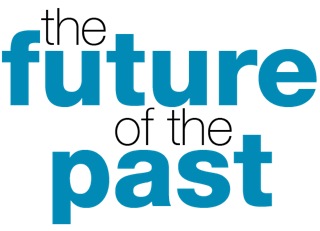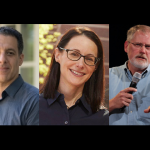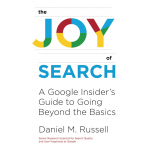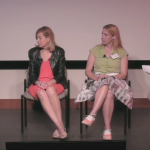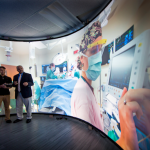December 2-6, 2013
Lost and Found: Exploration in the Digital Age
December 4, 2013
National Geographic Headquarters
Washington, D.C.
This FIA event was a very special WAMU 88.5 broadcast of the Kojo Nnamdi Show from the National Geographic Society’s Grosvenor Auditorium in Washington, D.C. The first hour focused on exploration of archaeology from space, from the depths of the ocean, and using ground-penetrating high-tech tools that achieve results without digging. National Geographic Society Explorers talked with Kojo Nnamdi about their new discoveries and their biggest challenges for the future. In the second hour, thought leaders from the Smithsonian Institution discussed the future of museums and the power of new digital tools — including 3D scanning of artifacts and digitizing old records — to understand and investigate the past.
Hour 1: New Frontiers in Exploration
Additional media: Transcript
Hour 2: Museums Digitizing Collections
Additional media: Transcript
This program was a collaboration of the FIA with three of its founding partners – the National Geographic Society, the Smithsonian Institution, and WAMU 88.5, with support from the Robert W. Deutsch Foundation.
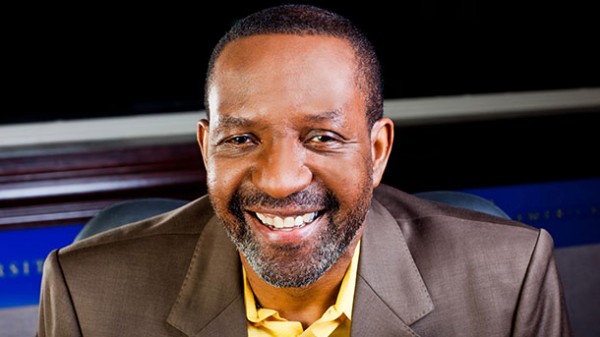 Kojo Nnamdi is the award-winning host of the popular Kojo Nnamdi Show, airing weekdays at noon on WAMU 88.5, the National Public Radio affiliate in Washington, D.C.. He regularly explores technological innovation and its impact on social experiences and policy issues on Tuesdays — dubbed “Tech Tuesday.” He served as moderator for a FIA program on the future of information at the Newseum in November 2011, and FIA’s “Visiting Future-ists” have appeared as guests on his radio program over the last two years.
Kojo Nnamdi is the award-winning host of the popular Kojo Nnamdi Show, airing weekdays at noon on WAMU 88.5, the National Public Radio affiliate in Washington, D.C.. He regularly explores technological innovation and its impact on social experiences and policy issues on Tuesdays — dubbed “Tech Tuesday.” He served as moderator for a FIA program on the future of information at the Newseum in November 2011, and FIA’s “Visiting Future-ists” have appeared as guests on his radio program over the last two years.
Kojo Nnamdi’s guests in the first hour were affiliated with the National Geographic Society:
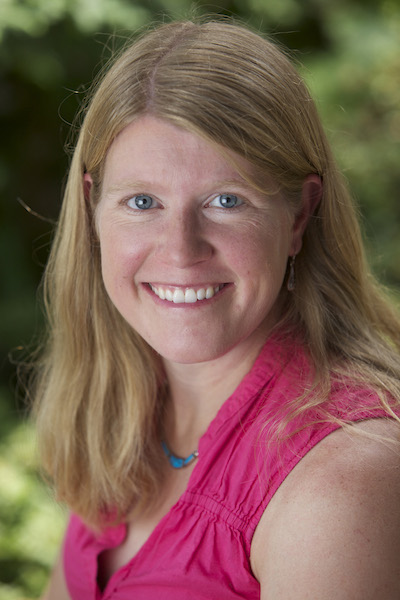 Sarah Parcak is a pioneer in the young field of satellite archaeology and has used satellite imagery analysis to discover more than 3,100 previously unknown archaeological settlements in Egypt, thousands of tombs, and 17 possible pyramids. An associate professor of anthropology at the University of Alabama at Birmingham, Dr. Parcak is the founding director of the UAB Laboratory for Global Observation. She is a 2012 National Geographic Emerging Explorer and became a National Geographic Fellow in 2013.
Sarah Parcak is a pioneer in the young field of satellite archaeology and has used satellite imagery analysis to discover more than 3,100 previously unknown archaeological settlements in Egypt, thousands of tombs, and 17 possible pyramids. An associate professor of anthropology at the University of Alabama at Birmingham, Dr. Parcak is the founding director of the UAB Laboratory for Global Observation. She is a 2012 National Geographic Emerging Explorer and became a National Geographic Fellow in 2013.
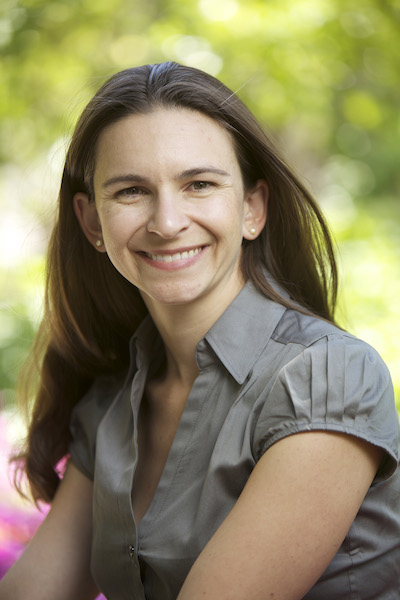 Katy Croff Bell uses deep-sea technology to explore the ocean floor. Over the past 14 years she has participated in or led more than 20 oceanographic expeditions. Dr. Bell is part of a team that uses “telepresence technology” – including the use of remotely-operated underwater vehicles — for deep-sea exploration and education. The team’s work is shared live over the web. Dr. Bell Bell is a 2006 National Geographic Emerging Explorer.
Katy Croff Bell uses deep-sea technology to explore the ocean floor. Over the past 14 years she has participated in or led more than 20 oceanographic expeditions. Dr. Bell is part of a team that uses “telepresence technology” – including the use of remotely-operated underwater vehicles — for deep-sea exploration and education. The team’s work is shared live over the web. Dr. Bell Bell is a 2006 National Geographic Emerging Explorer.
 Fredrik Hiebert, an archaeologist and an explorer, investigates regions across the world where ancient cultures are disappearing. He has excavated 4,000-year-old Silk Road cities from Turkey to Uzbekistan. Dr. Hiebert has conducted underwater archaeology projects on several continents and participated in the search for submerged settlements in the Black Sea. His work with National Geographic traveling exhibitions includes “Hidden Treasures of Afghanistan,” “Ancient Seafaring,” and “Indiana Jones and the Adventure of Archaeology.” He is a National Geographic Fellow.
Fredrik Hiebert, an archaeologist and an explorer, investigates regions across the world where ancient cultures are disappearing. He has excavated 4,000-year-old Silk Road cities from Turkey to Uzbekistan. Dr. Hiebert has conducted underwater archaeology projects on several continents and participated in the search for submerged settlements in the Black Sea. His work with National Geographic traveling exhibitions includes “Hidden Treasures of Afghanistan,” “Ancient Seafaring,” and “Indiana Jones and the Adventure of Archaeology.” He is a National Geographic Fellow.
Kojo Nnamdi’s guests in the second hour hailed from the Smithsonian Institution:
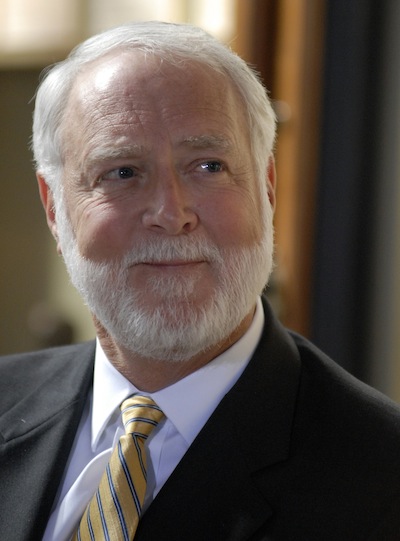 G. Wayne Clough is the Secretary of the Smithsonian Institution, the world’s largest museum and research complex, with an annual budget of $1 billion. His recently published eBook,Best of Both Worlds: Museums, Libraries, and Archives in a Digital Age, explores the way leading cultural institutions are using new technology to make their collections available in novel ways to a broad global audience. Dr. Clough has been president of the Georgia Institute of Technology, provost at the University of Washington, and a faculty member and dean at other leading universities.
G. Wayne Clough is the Secretary of the Smithsonian Institution, the world’s largest museum and research complex, with an annual budget of $1 billion. His recently published eBook,Best of Both Worlds: Museums, Libraries, and Archives in a Digital Age, explores the way leading cultural institutions are using new technology to make their collections available in novel ways to a broad global audience. Dr. Clough has been president of the Georgia Institute of Technology, provost at the University of Washington, and a faculty member and dean at other leading universities.
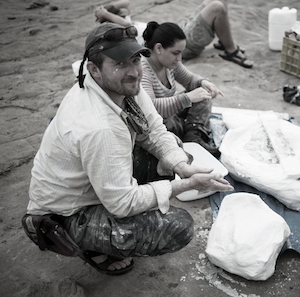 Nick Pyenson is the curator in the Department of Paleobiology in Smithsonian’s National Museum of Natural History, with special expertise in the evolution of marine mammals. At the Smithsonian, Dr. Pyenson tends to the world’s largest collection of fossil marine mammals. He is interested in using digital tools for fieldwork, outreach, and the enhancement of natural history collections. Dr. Pyenson is currently a Distinguished Lecturer for the Paleontological Society.
Nick Pyenson is the curator in the Department of Paleobiology in Smithsonian’s National Museum of Natural History, with special expertise in the evolution of marine mammals. At the Smithsonian, Dr. Pyenson tends to the world’s largest collection of fossil marine mammals. He is interested in using digital tools for fieldwork, outreach, and the enhancement of natural history collections. Dr. Pyenson is currently a Distinguished Lecturer for the Paleontological Society.
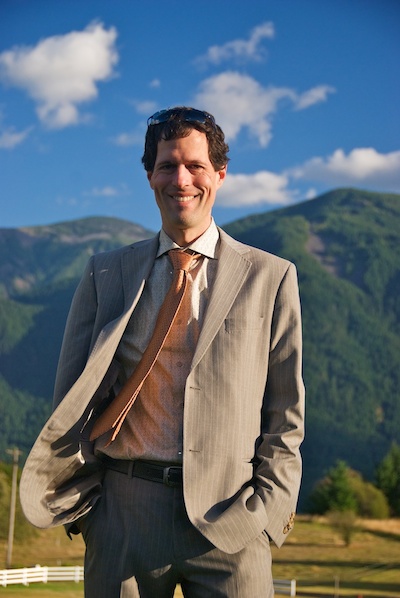 Günter Waibel is Director of the Smithsonian Institution’s Digitization Program Office. He leads an initiative that employs cutting-edge 3D technologies — for both scanning and printing — to make millions of items in the Smithsonian’s collection accessible in new ways. The beneficiaries will include teachers, students, researchers and the general public around the world. Before coming to the Smithsonian in 2010, he worked at the UC Berkeley Art Museum, the Oakland Museum of California, the Research Libraries Group, and the Online Computer Library Center, and he has been on the adjunct faculty at Syracuse University in New York and Catholic University in Washington DC.
Günter Waibel is Director of the Smithsonian Institution’s Digitization Program Office. He leads an initiative that employs cutting-edge 3D technologies — for both scanning and printing — to make millions of items in the Smithsonian’s collection accessible in new ways. The beneficiaries will include teachers, students, researchers and the general public around the world. Before coming to the Smithsonian in 2010, he worked at the UC Berkeley Art Museum, the Oakland Museum of California, the Research Libraries Group, and the Online Computer Library Center, and he has been on the adjunct faculty at Syracuse University in New York and Catholic University in Washington DC.
Photos courtesy of: WAMU 88.5 (Kojo Nnamdi); Mark Thiessen/National Geographic (Sarah Parcak); Rebecca Hale/National Geographic (Fredrik Hiebert, Katy Croff Bell); Smithsonian Institution (G. Wayne Clough); Nick Pyenson; and Günter Waibel.

